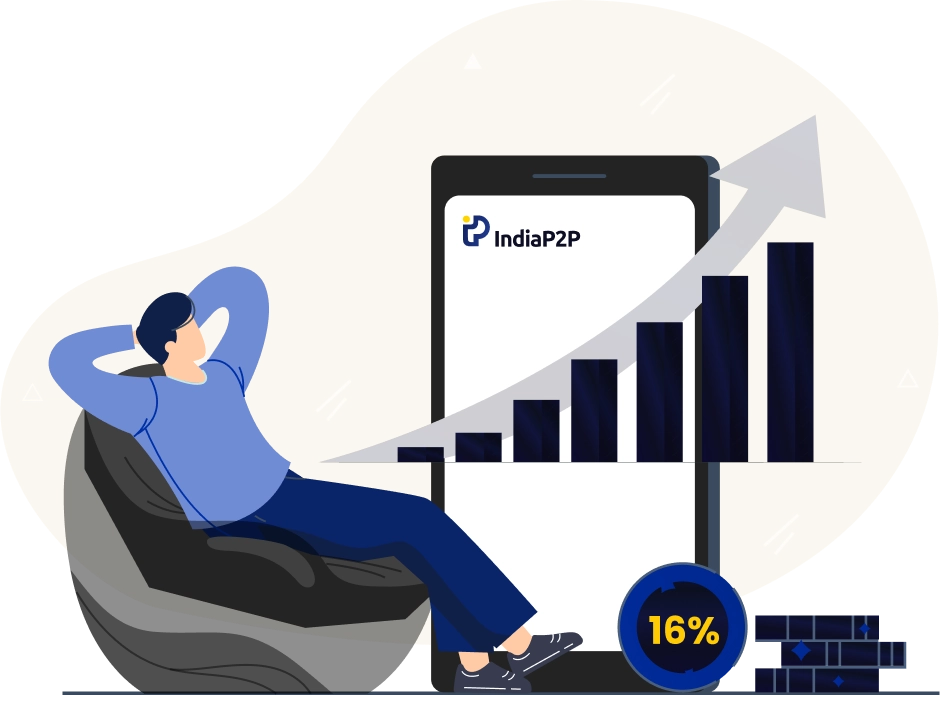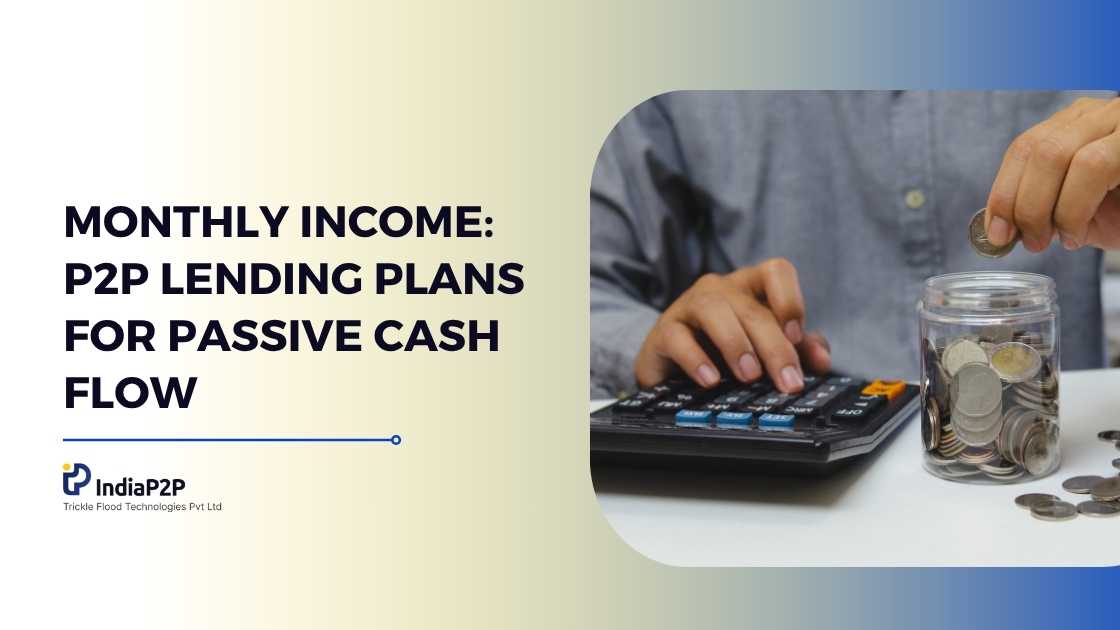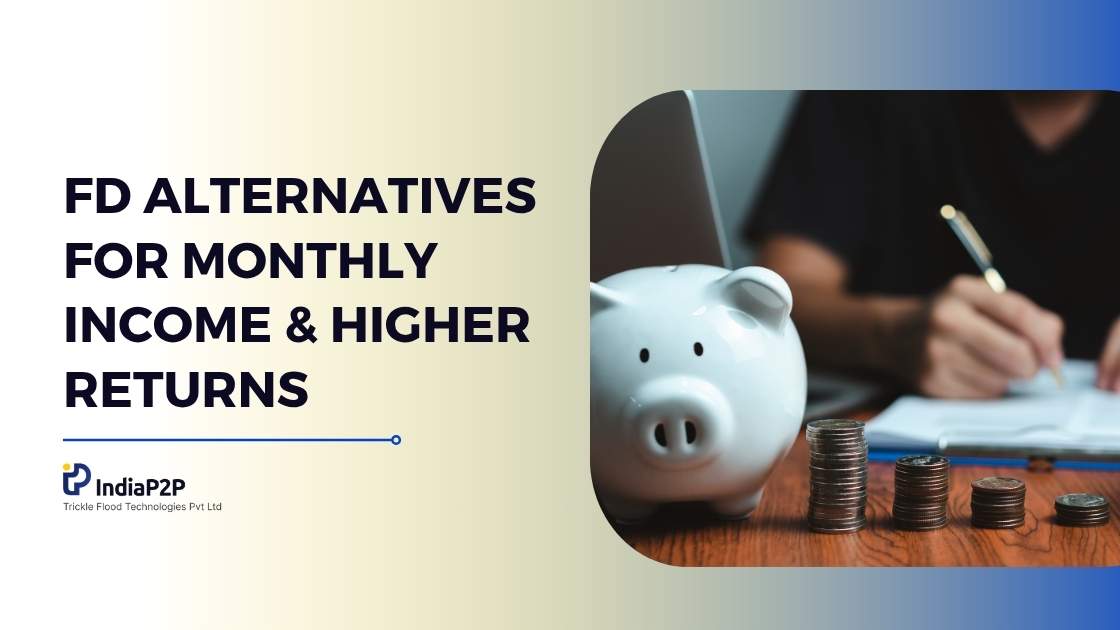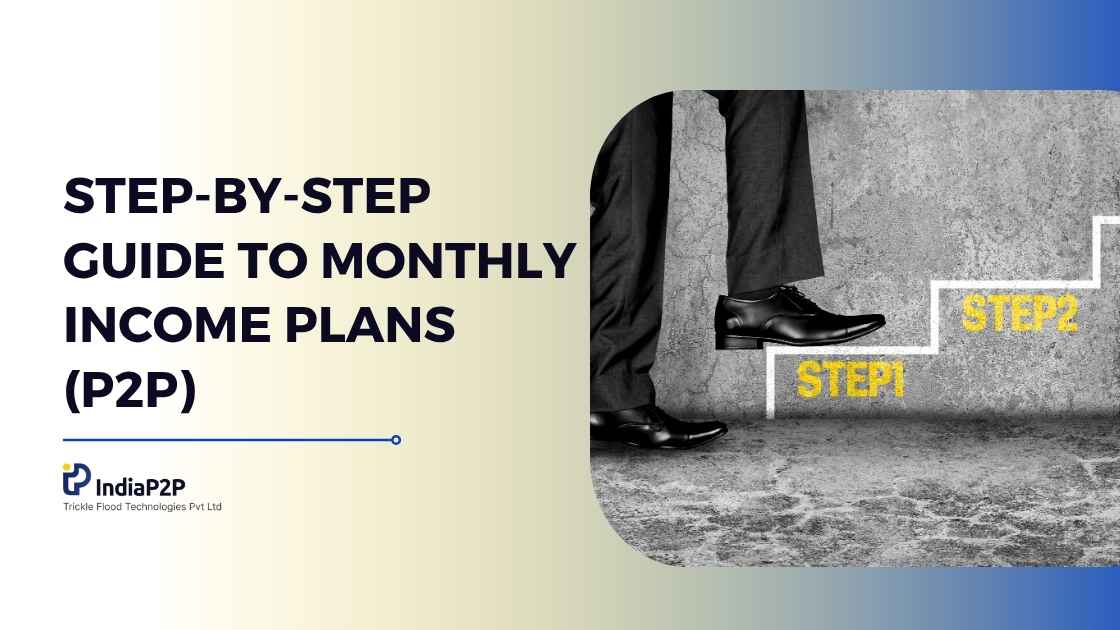How to Do a Financial Health Check-Up: Step-by-Step Guide
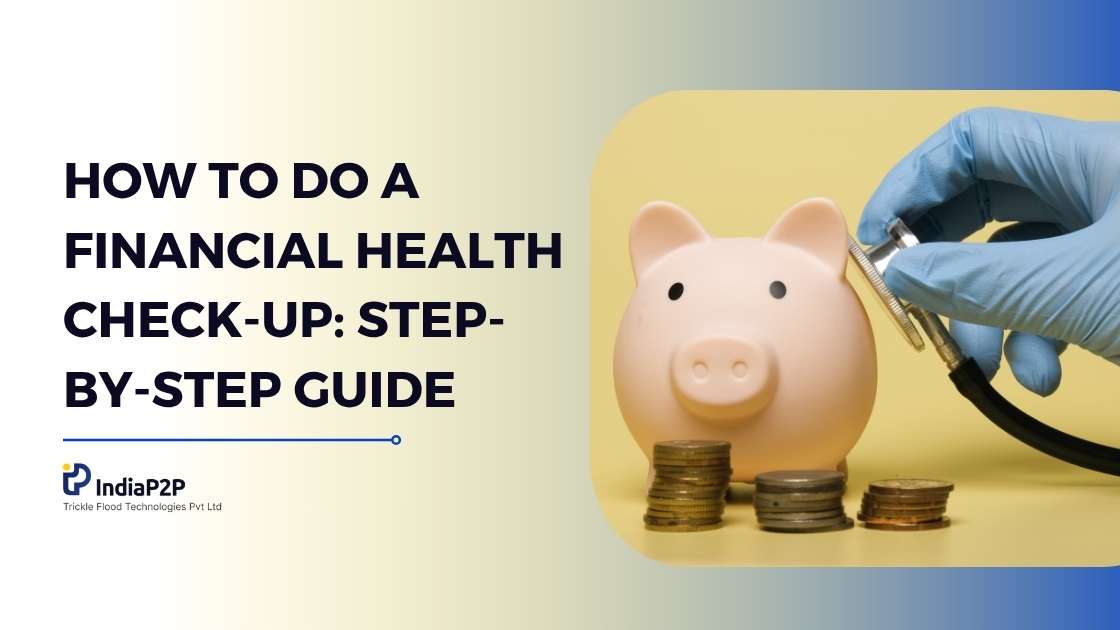
A financial health check-up helps you evaluate your money status by reviewing net worth, income vs expenses, debt levels, insurance coverage, emergency funds, investment performance, and retirement planning. It ensures long-term financial stability.
Interest in learning more about personal finance, investing, and long-term wealth creation is growing. More and more people are now interested in learning more about managing their finances, investing, and planning their early retirement, among other things. However, learning to track your progress and strategise accordingly is equally essential. The financial journey is about getting the right start and making the right choices throughout the journey.
This blog post will cover a step-by-step process to check your financial health occasionally. This will help you keep track of your investments and liabilities, keep your financial decisions in line with your long-term and short-term goals, and cater to emergencies. Not checking on our financial health occasionally can result in having no savings for exigencies or failing on our long-term goals.
Let’s start by understanding what your financial health means.
What is Financial Health?
Investing as a personal finance practice has gained popularity in recent years; however, investing is not the only aspect of personal finance. Your financial health involves different aspects of your personal finances, including your income, expenses, credit score, outstanding liabilities, budgets, assets, taxes, short-term and long-term goals, investment portfolios, emergency funds, etc.
A financial health checkup is the first step in the financial planning process, and at the same time, a financial health checkup is necessary to ensure that your financial plans are on track.
Benefits of Periodic Financial Health Checkup
Periodic financial health checkups inform you of the state of your finances in terms of your income, your expenses, and how you manage your finances in line with your goals. Such periodic financial health checkups give you a holistic view of the state of your finances.
Financial health checkups provide a roadmap for your future financial decisions. It is the best way to identify how to improve your financial health and attain your goals faster. It helps you make the right decisions at the right time while catering to unforeseen emergencies. Contrary to popular belief, financial health is about more than just your investments and owning assets. Instead, a financial health checkup also helps you keep track of your liabilities, such as EMI payments, outstanding loans, credit scores, etc. Additionally, a financial health checkup lets you understand how to minimise your wealth loss regarding expenses, taxes, etc. Saving up for emergencies and keeping track of your insurance plans are also critical parts of a financial health checkup.
How to Conduct a Financial Health Checkup?
Now that you understand what your financial health entails and the benefits of a periodic financial health checkup, let’s look at a few simple steps to assess your financial health.
Reviewing your Budget
Budgeting your expenses periodically, for example, on a monthly basis, is one of the fundamental yet crucial steps to an effective personal finance plan. Accordingly, assessing your short-term or long-term budget is important to keep track of your income and make room for the necessary expenses.
While creating and assessing your budget, keep an account of all your sources of income and your necessary short-term and long-term expenses, including interest payments on outstanding loans, EMI payments, insurance premiums, etc. Additionally, save for an emergency fund that will help you sail through unforeseen emergencies. You must also keep track of your cash liquidity to cover regular expenses.
While reviewing your budget, look at your spending habits over the last couple of months or years, as the case may be, to better understand whether and how much you are spending on things you didn’t account for in your budget. Understanding your spending habits will help you create a more realistic budget and reduce unnecessary spending.
Reviewing your Emergency Fund
Having an emergency fund, or a rainy day corpus, as some call it, is a crucial aspect of a financial plan that you must pay attention to. An emergency fund should ideally be invested into some instrument that beats inflation in terms of rate of return while being highly liquid so that you can quickly get cash in case of difficulties.
Keep aside a portion of your savings for emergencies, and review your emergency fund as you progress in your financial journey. Saving up for emergencies is a dynamic process, as your possible emergencies may differ at different stages of life, depending on your age, whether you have a family, employment status, etc.
Reviewing your Assets and Liabilities
Keeping track of your assets and liabilities is essential from a long-term perspective. Having a clear picture of all your asset holdings and liabilities will help you plan better for short-term and long-term financial goals.
Reviewing your assets entails keeping an account of your investments and tracking your investment portfolios regularly. This will help you ascertain the return on your investments and manage them better. This will also help you identify how you can maximise your return on investment from your assets, for example, how you can maximise the rental yield on your real estate holdings. Additionally, regularly reviewing your investments will help you avoid or reduce the loss from possible market downturns or other factors.
Reviewing your liabilities would include accounting for your outstanding short-term and long-term loans, their interest payments, your EMIs, etc. Pay off your loans as soon as possible to keep your liabilities as low as possible. A key aspect of reviewing your liabilities would be to check your credit score. It is always advisable to keep your credit score healthy.
Asset Allocation Review
A well-diversified investment portfolio works best in all scenarios. Reviewing your asset allocation periodically, especially concerning market movements and other economic factors, ensures minimum loss in case of market downturns. Additionally, your asset allocation may differ as per your risk appetite, which can change with age.
Instead of concentrating all your investments in a single asset class, diversifying across multiple asset classes, such as stocks, bonds, and alternatives like peer-to-peer lending and real estate, ensures that you get the maximum return in all likely scenarios and aren’t adversely affected by the market downturn in any one asset class.
Reviewing your Financial Goals
The first step to creating a financial plan is to figure out your short-term and long-term financial goals. This helps you ascertain how much you should spend regularly and how much you should save and invest for your goals.
While planning is the first step, keeping track of your progress and periodically reviewing your financial goals is equally important. This helps you plan for the future and improve upon your past mistakes. Reviewing your financial goals periodically is also important, as your goals and aspirations may change as you progress. Having a clear picture of what you want with your money will also give you a clear idea of how to make your money work for you and how much return you need on your investments.
Reviewing your Taxes
You likely fall within the taxable slabs of income under the Income Tax Act 1961. It is important to keep track of your income from different sources and compute the taxable income from each of the sources to be able to take advantage of the deductions and exemptions available under the Income Tax Act. Reviewing your tax payments is crucial, as no one wants to lose their hard-earned money to tax liabilities. Additionally, you should not fall prey to tax evasion knowingly or unknowingly. Reviewing your taxes periodically will help you better strategise to reduce your tax liability legally.
